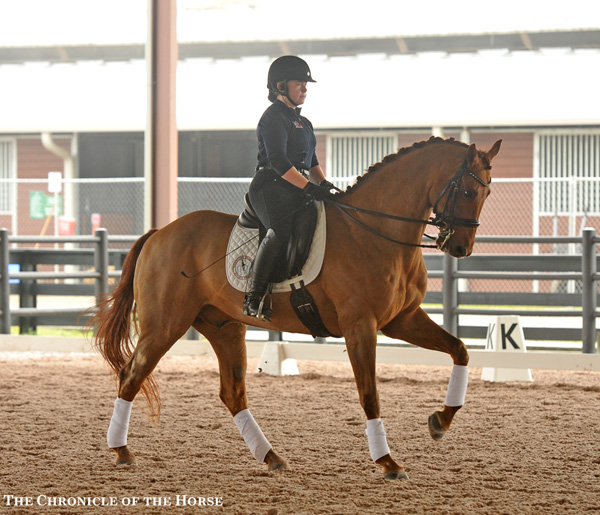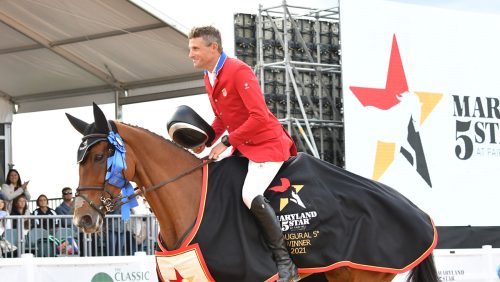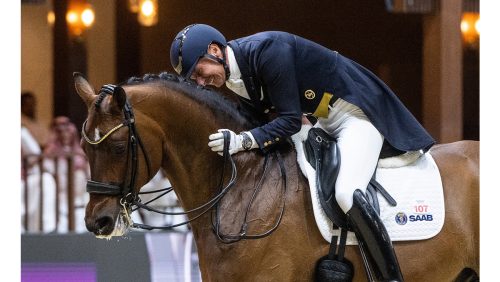Wellington, Fla.—Jan 9
As the final day of the 2016 Robert Dover Horsemanship Clinic came to a close, Dover made sure to impress one thing on every single participant.
You are the future.
“Your dreams are the same as mine. You’re the big hope for the future,” said the U.S. dressage chef d’equipe. “If your dreams are less than fabulous, then we have no hope for the future.”
In Dover’s opinion it wasn’t good enough for the riders to “hope” they’ll get to the next stage. They needed to believe they were capable of anything.
“Don’t hold back—move on!” he said. “Be training for the next step and don’t get held back by your age.”
And the future talent of this sport needs to be capable of more than just performing. They must be trainers.
ADVERTISEMENT
“Training isn’t what you do once a week or twice a week,” he said. “Training is what you live in. You have to say I want to be great. I want to be fabulous. The [World Equestrian Games], the Pan American Games, the Olympics, World Cups, all that happens by virtue of greatness.”
The participants finished with their instructors from the previous day, whether Dover or Olympians Charlotte Bredahl-Baker or Steffen Peters.
Always Be Training
Whether the riders were working on transitions within and between the gaits, Peters hit on one point. You’re always working towards more suppleness, more self carriage and more straightness. When schooling their horses, he wanted the riders to think about training so that when they get to the show, their horse is ready to give them the 8s and 9s they’re striving for.
When Kristin Counterman’s mount Three Times tried to complete the canter pirouette in three giant turns rather than four or five smaller ones, Peters had her turn out of the pirouette as soon as the gelding started rushing through the work. He also stressed the importance of working the left pirouette several times consecutively before moving on to the right pirouette to keep the horse working off of the same aids.
“Nothing is more important than self carriage, than suppleness, than straightness,” Peters said. “All those things lead to a good pirouette.”
 |
He also stressed the importance of the preparation for a movement. When it came to the pirouette, he said judges are looking for a couple of strides of the collected “pirouette” canter prior to the actual pirouette to give good marks. The same applied to the entrance to the half-pass.
“I love to give the judges no reason to give you a lower score before the half-pass,” he said, having his riders redo the turn into the half-pass if it wasn’t perfectly straight.
ADVERTISEMENT
Never Settle
Throughout the clinic, the changes saw a lot of attention from the clinicians, and Bredahl-Baker stressed that it wasn’t about the count in schooling, but producing quality changes.
“The key is never to compromise,” she told Lindsey Mickayla Frederick when her mount struggled. “If you feel something wrong—don’t settle, do something. The canter feeling is the priority.
“It’s about making the right decisions. It’s not about doing the perfect line,” she continued. “It’s about making the right decisions when things go wrong.”
Bredahl-Baker focused on giving the riders exercises that focused on producing greater ride ability and control. Her favorites included a shoulder-in to half pass—to encourage the riders to develop the proper bend before starting the half-pass—and alternating between leg yields and half-passes between the rail and the quarter line.
Want more from Robert Dover? Check out Day 2 and Day 4 and pick up a copy of the January 25 issue of the Chronicle.














